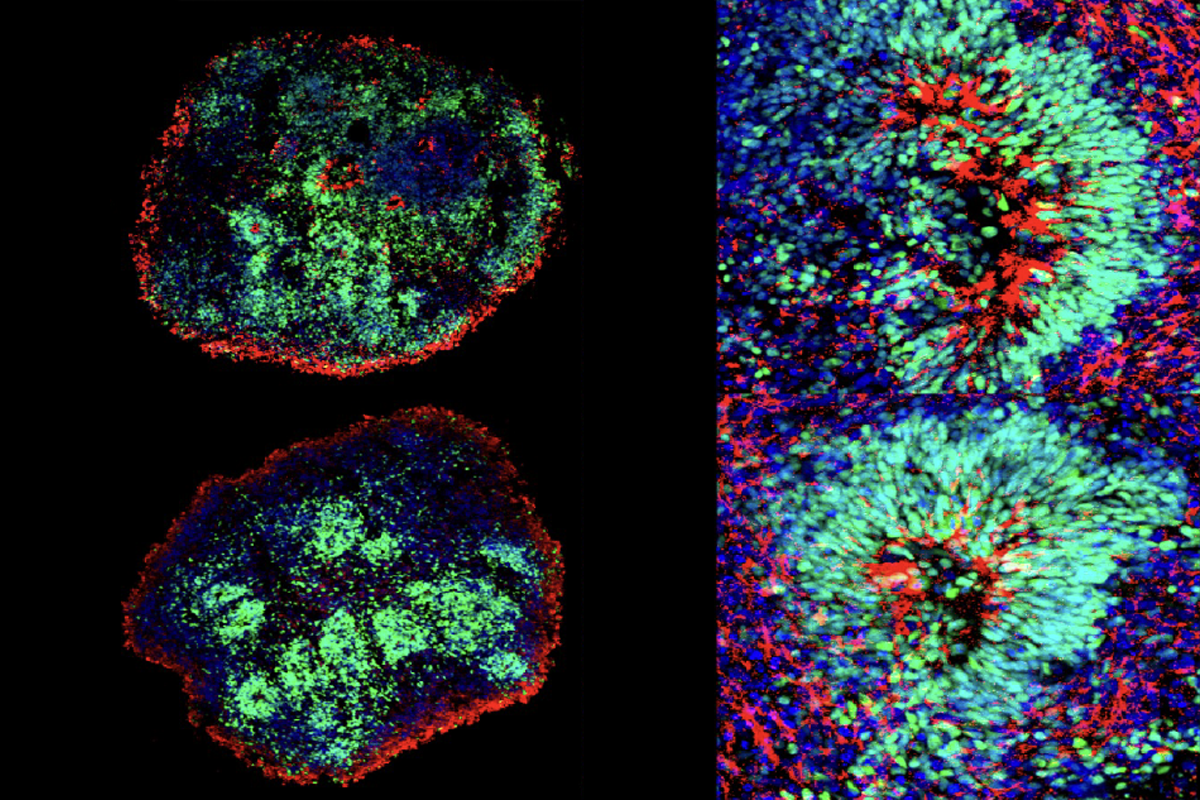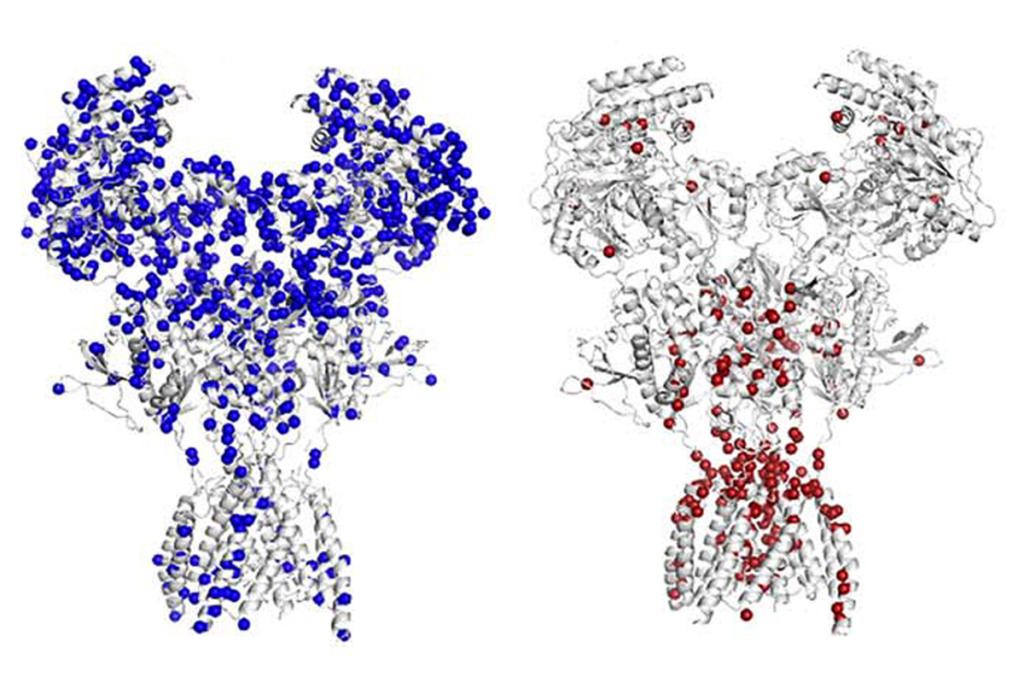Visual cues: Sensory neurons in the retina display altered structure and function in a mouse model of fragile X syndrome, according to a new study. Retinal ganglion cells—homologous to primate ganglion cells—received more inhibitory input and were less responsive to light in mice lacking the gene FMR1 compared with the same cells in wildtype mice. These changes in sensory processing caused by the loss of FMR1 in the retina may underlie the altered visual sensitivities observed in people with fragile X syndrome and autism. Journal of Neuroscience
More autism research we spotted:
- “An antisense oligonucleotide-based strategy to ameliorate cognitive dysfunction in the 22q11.2 deletion syndrome” eLife
- “Extracellular vesicle profiling reveals novel autism signatures in patient-derived forebrain organoids” Research Square
See also: “Protein ‘bubbles’ released from neurons may play role in autism”






